Published March 9, 2023
Vulnerability as a Collective Power
In art, vulnerability is a motor, central to making. As an artist, from the moment one says, “this is my body,” one commits to being vulnerable. Being onstage means exposing oneself, stripping oneself down. …It is through vulnerability that I feel relevant… […] The notion of vulnerability is complex in the dance community because of our precarious working conditions. How can we take on vulnerability without instrumentalizing it? In the name of art, we ask dancers to sacrifice a lot! Vulnerability can be leveraged for control and power, especially when we exploit dancers’ psychological injuries to generate material. […] I often feel vulnerable as a choreographer because I don’t know how to operate in my future projects. Our work tools are built day by day. Creative work constantly brings us back to the white belt. I am learning to accept this. […] I feel responsible for creating a safe space, a space for empathy and sharing with my artistic team. Thinking and working through this collectively asks that we identify our aspirations and values, our ambitions and limitations. I am trying to contend with my own insecurity by offering the people I bring together the opportunity to express themselves as much as possible… Taking vulnerability on. Juggling with it, exploring it, sharing it… We each have moments of doubt and profound discouragement. Rather than thinking of our fragility as a fault that needs correcting, could we consider it as a force that fully engages us? We could acknowledge vulnerability as a collective power that ties us to each other, that inhabits us, that feeds us. Could vulnerability be a form of commitment? […] It isn’t easy to hold one’s vulnerability in a society as competitive as ours! How can we work differently? I am learning to give space for another kind of performativity. (It’s difficult because my ego always tries to take over). Committing oneself to a (radical) culture of vulnerability. Currently, my work is about extricating myself from hierarchies. I’m engaged in more egalitarian processes, observing other social dynamics, other kinds of human relationships (namely, non-transactional ones). Serving humanity rather than serving hierarchy. […] Art’s spiritual work is often sacrificed to create a product, and this product needs to be pleasing. I am now letting things emerge through a healing process. Vulnerability is a practice. The word “professionalism” implies that we leave our emotions at the door – but in art, we are specifically working from our sensibilities. The creative process is a site to develop for oneself and for those we work with. It’s an actual position, a practice. It’s the work of transparency. I need to share my doubts and articulate my fears to foster dialogue – rather than keep everything to myself. It’s a true exchange. But to what degree can I be transparent without burdening collaborators with my insecurities? […] Having integrity is a risk, a gamble, because we are constantly engaged in emergent interpersonal relationships with unknown outcomes. Faced with one’s vulnerability, will the other take on a saviour role? We are touching on a potentially uncomfortable sensitivity or fragility because we have never centred vulnerability in group relationships. My readings and reflections around care practices allow me to reinvite vulnerability in social connections. It’s possible to create a culture of vulnerability where we are open to discomfort. It’s a path … and the questions offer a beautiful opportunity to create language. […]
Writings freely composed by Katya Mantaignac based on the conversation “Assumer la vulnérabilité comme un engagement radical/Assuming vulnerability as a radical commitment” (#38, Wednesday, March 9, 2022)
Since May 2020, Frédérick Gravel and Katya Montaignac have hosted Chorégraphes anonymes, a discussion site where dance artists gather around questions relating to their practice. Katya jotted down elliptical and subjective notes, then freely recomposed them. The “I” embodies different voices, stemming from different accounts. Far from a faithful representation of a collective voice, these notes are compiled into a fictitious diary as a way to share some of the thoughts and exchanges emerging from the private meetings.

Dessin : Katya Montaignac
Text translations from French by Marie-Claire Forté
